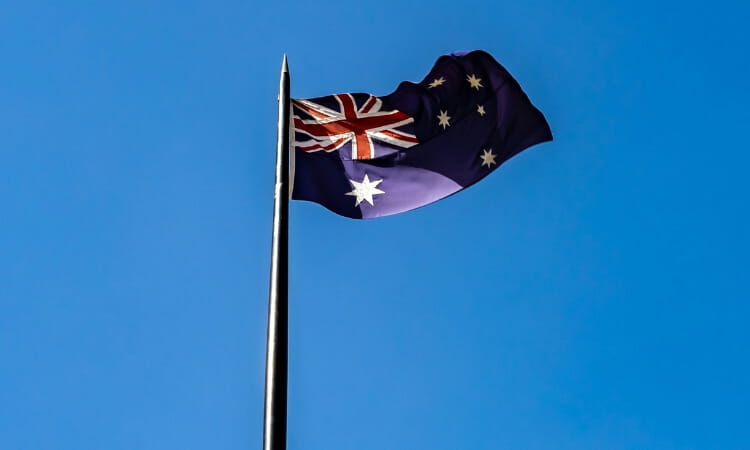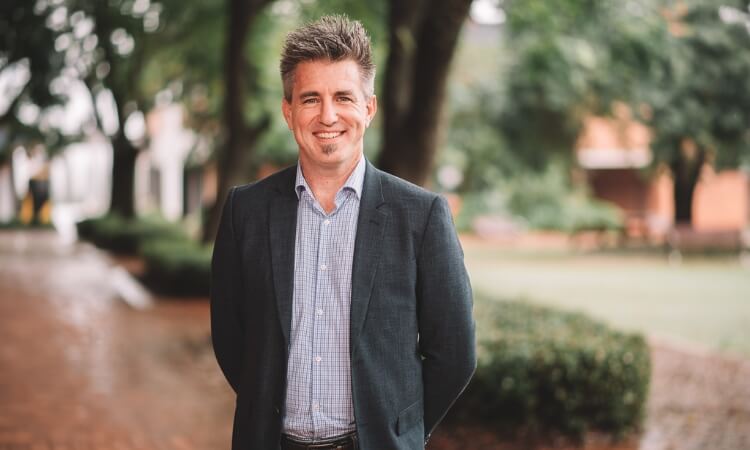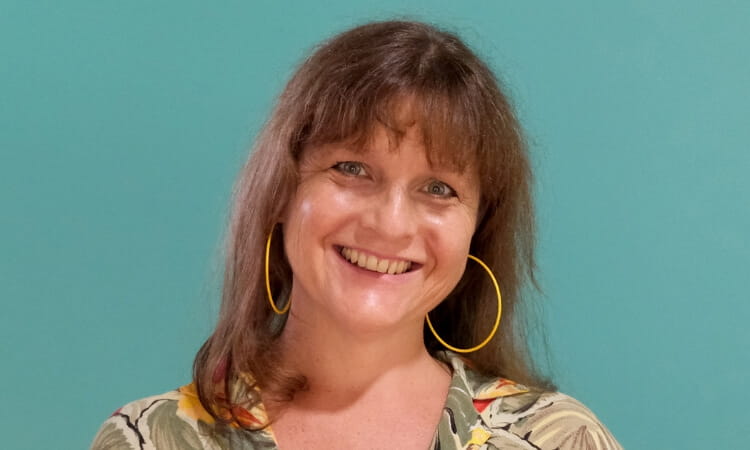When we think of space, we often picture astronauts and outer world missions, but seldom of the hidden dangers circling overhead.
With the proliferation of communications satellites and space exploration taking off, so too is the amount of space junk.
Now, University of Southern Queensland researchers Professor David Buttsworth and Dr Fabian Zander have teamed up with scientists from across the globe to tackle the issue after receiving a $551,000 Australian Research Council (ARC) Discovery Projects scheme grant.
As first investigator on the project, Professor Buttsworth said the grant provided a great research opportunity to make a global difference.
“I was very pleased to learn we were recipients – it was a significant outcome for us,” Professor Buttsworth said.
“And in saying that, we’re really excited to be able to use it to make a genuine contribution to the development of improved safety management for spacecraft.”
As part of the project, the team aims to improve our understanding of how spacecraft break-up on re-entry to the Earth’s atmosphere.
“Capsules carrying astronauts are obviously not intended to break-up on re-entry, but some spacecraft, principally satellites, need to be disposed of when they reach their end of life,” he said.
“A few decades ago, people would leave them up there in low Earth orbit and eventually, the satellites will re-enter.
“But given the amount of material that's up there now, and the potential for accidental collisions between spacecraft, there's a growing concern about where these broken pieces are going to end up on the Earth – and that is where we come in.”
Using the University of Southern Queensland’s hypersonic wind tunnel, Professor Buttsworth and his colleagues will test the separation of objects in hypersonic flow.
“How spacecraft break up is not currently well known to us,” he said.
“So for our experiment, we’ll place objects that represent components of spacecraft in the hypersonic wind tunnel and then analyse how these objects separate from one another by simulating re-entry conditions.
“We are also looking to determine the width of debris fields, since the items don’t entirely burn up in the atmosphere as they come back to Earth.
“Instead of falling in a single line, the debris fields are generally elliptical in shape and it’s important for us to establish models for these dimensions for hazard management purposes.”
Professor Buttsworth said the experiment’s ultimate goal was to help prepare and protect communities from any future incidents.
“Ideally, there is an area in the South Pacific ocean where these things are disposed of,” he said.
“However, if your spacecraft ends up being uncontrolled, or you don’t have the fuel reserves, and there’s a danger of it ending up on land, you need to be able to predict and manage this.
“Hopefully, our findings will improve our management of these re-entry processes, which in turn will protect people and stop damage being done to the Earth.”
Professor Buttsworth said he looked forward to working with other researchers both near and far, with the project being a collaboration between scientists at the University of Southern Queensland, University of Queensland, University of New South Wales and University of Maryland.
Further information about the ARC’s Discovery Projects scheme is available on the ARC website.


